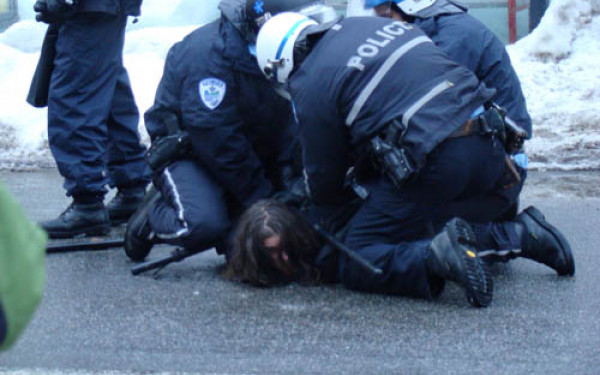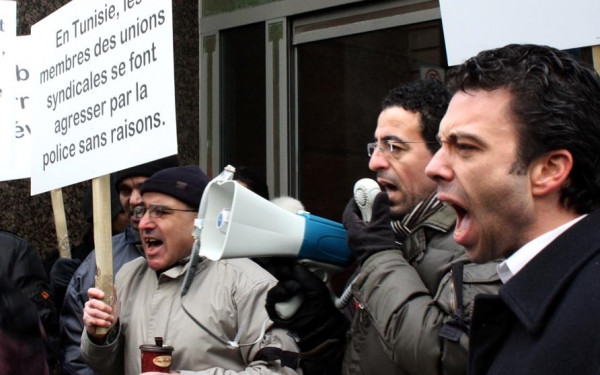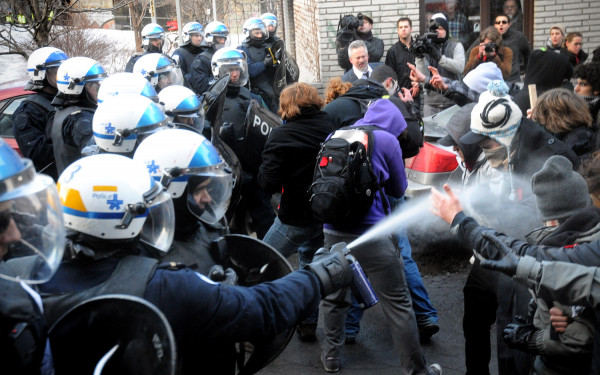Truth and Reconciliation March Turns the Streets Orange
Indigenous People Urge the Country to get Angry About Current Canadian Attitudes
It was just past noon on Sept. 30 when hundreds of protesters gathered at the foot of the Monument George-Etienne-Cartier.
Montrealers and visitors from all different regions and backgrounds were brought together by the Native Women’s Shelter of Montreal and Resilience Montreal to hold the second annual Truth and Reconciliation March in honor of National Truth and Reconciliation Day.
Sept. 30 is also known as “Orange Shirt Day” or “Every Child Matters,” an important date not recognized by the Quebec government as a national holiday.
Still determined to honour the victim’s of cultureal genocide and Indigenous families’ experiences in the aftermath of residential schools, the crowd of survivors, families, and allies engaged in bittersweet festivities throughout the afternoon.
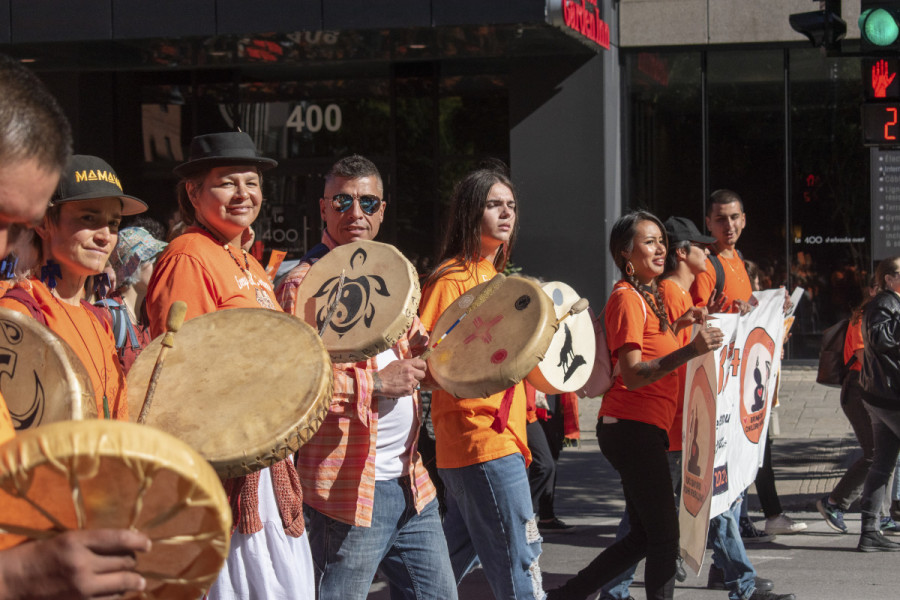
People adorned in orange, a symbol of solidarity with Indigenous students who were stripped of identities, and their friends and families who suffered consequentially, spilled onto the stairs of the monument and onto the parkway.
The atmosphere was heightened by eager announcers who rallied the assembly for the long march ahead of them, a sight which passerbys may have mistaken for a passionate fire.
Non-indigenous supporters were encouraged by organizers to “just listen” as heartbreaking and inspiring stories boomed over the speakers. “We’re all here to have hope, of healing,” exclaimed spokesperson Elisapie Isaac, a well-respected Inuk public figure.
Turning to a more solemn note, Issac directed a pause for a moment of silence to honour those murdered in James Smith Cree Nation, Saskatchewan, where one of the most tragic mass killings in Canadian history had just occurred on Sept. 4.
“It is always important to remember what happened to the children, how bad they were treated.” — Clara
The crowds continued to hold their peace as the traveling spirit drum group performed an enchanting piece; vibrations traveled through the stones of the monument and into the soles of the feet of everyone standing in solidarity, demanding attention and respect with every stroke.
The music did not end with their performance: the speaker-fitted truck rolled down the grassy hill of the monument and served as a locomotive, leading the march into action down Sherbrooke St. Energetic EDM music electrified the procession, accompanied by the crowd chanting “land back” and “no pride in genocide.”
Even the smallest and youngest of marchers, like Clara and Skye, both only eight years old and barely reaching up to an adult waist, expressed that they had significant memories to honour. The children were excited to be at the march and wanted to remember playing a part in advocating for their rights.
Skye wanted “to remember her grandmother.” Clara agreed that “it is always important to remember what happened to the children, how bad they were treated.” At the same time, Skye said she didn’t “want to remember the residential schools.” It is a struggle to both honour and hold on to such a painful past, they said.
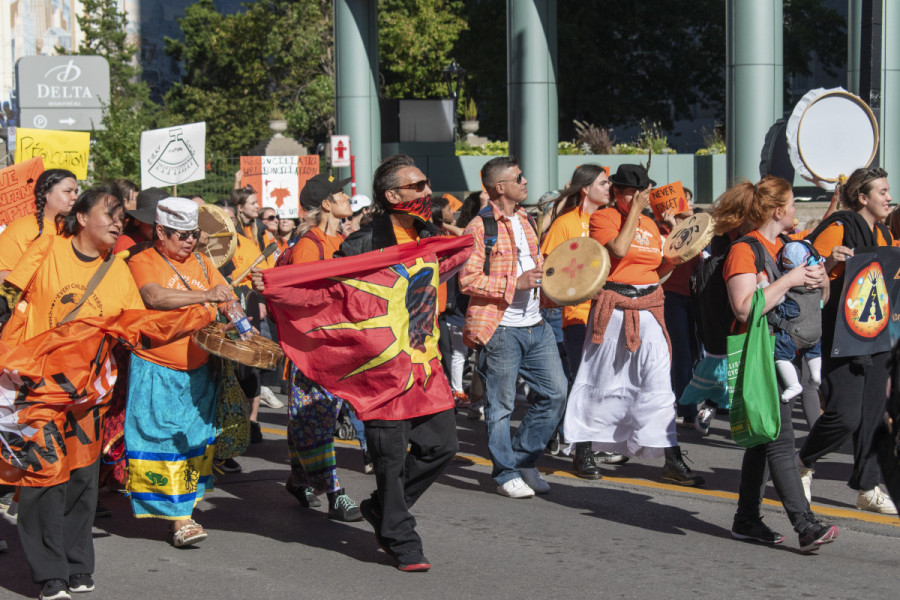
Clara’s mother, Autumn Godwin, echoed this sentiment, reiterating that as much as it is important for her family to hold lost loved ones close to her heart, there is a lot of hurt involved. She is originally from Montreal Lake Cree Nation in Saskatchewan. She is currently studying a Master’s degree in Indigenous culture at Concordia University.
Despite the suffering, Godwin believes that society has a crucial responsibility to teach children their country’s history with full transparency. Right now, she said, the responsibility seems to be falling entirely on Indigenous communities. “It shouldn’t be up to us, a lot of the programs we are creating are for and by us to have our culture, our safety nets, our ways without western experience.”
“It is normalized within Canadian society to ignore anything that has to do with Indigenous culture,” said Godwin. “Education is number one and we still don’t have that.When you have an eight-year-old that knows more about residential schools than the teachers know, that is wrong.”
Defeated by the tough trek and the tragic topics, only a small portion of the initial troupe remained by the very end. Godwin’s disappointment in Canada was reflected in the faltering energy of the final crowd gathered at the former Monument to Sir John Alexander Macdonald, where a final round of speeches unfolded.
For a city as populous as Montreal, Godwin was saddened that only a few hundred people participated in the protest, although it was plenty passionate. “Everybody is going about their lives, doing the things that they want to do, while [Indigenous] people have to sit here and mourn that we don’t have equal opportunity,” she said. “Why aren’t people out there learning the real history?”
“The burden has to be on Canada–we need people to be angry,” Godwin added.


_600_832_s.png)

